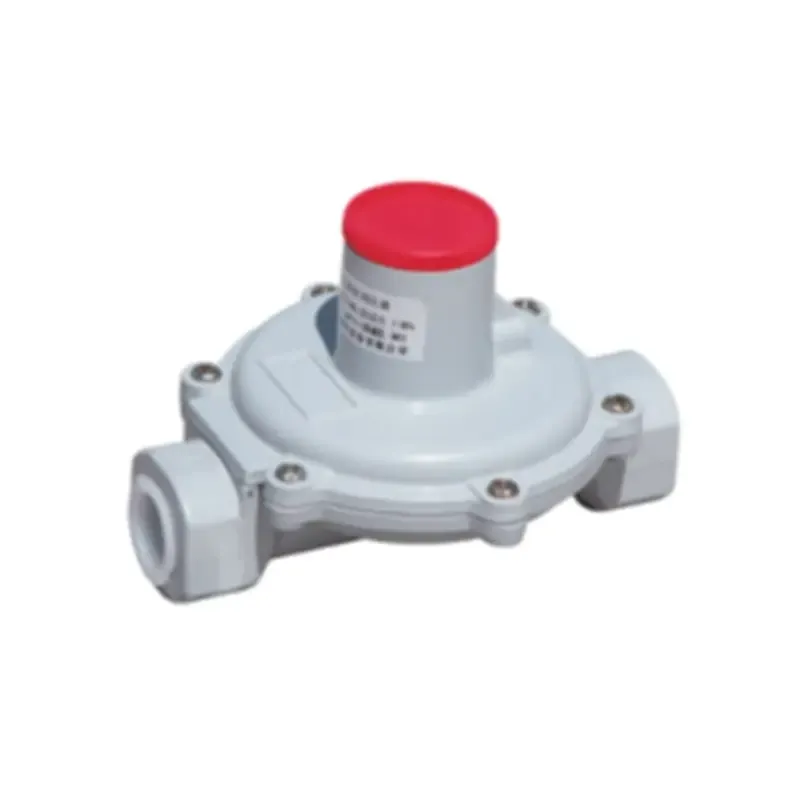
Dec . 25, 2024 16:03
Back to list
Understanding Safety Relief Valves and Their Importance in Pressure Management Systems
Understanding Safety Relief Valves Importance, Functionality, and Applications
Safety relief valves are critical components in various industrial systems, designed to protect equipment and personnel from dangerous overpressure conditions. These valves serve as the last line of defense against catastrophic failures, ensuring operational safety across industries such as oil and gas, chemical manufacturing, power generation, and more.
What is a Safety Relief Valve?
A safety relief valve (SRV) is a type of pressure relief device that automatically releases excess pressure from a system when it exceeds a set limit. The valve closes again once the pressure returns to a safe level. Unlike standard valves that control flow, SRVs are specifically designed to provide an emergency exit for pressure, helping to prevent explosions, equipment damage, and hazardous material releases.
Safety relief valves come in various designs, including spring-loaded and pilot-operated types. Spring-loaded valves are the most common; they utilize a spring mechanism to keep the valve closed until the system pressure exceeds a predetermined level. Once that threshold is met, the force of the pressure overcomes the spring tension, and the valve opens, allowing fluid or gas to escape. In pilot-operated valves, a small assistive pilot valve opens in response to pressure increase, which then allows the larger main valve to open.
The Importance of Safety Relief Valves
The importance of safety relief valves cannot be overstated. In many processes, if pressure builds up uncontrollably, it can lead to catastrophic failures, such as explosions or equipment rupture. By venting excess pressure, SRVs help maintain safe operational levels and protect both systems and workers from harm.
Moreover, regulatory standards require the use of safety relief valves in many applications. Organizations like the American Society of Mechanical Engineers (ASME) have established guidelines that dictate the design, construction, and testing of these devices to ensure they operate reliably within specified parameters. Compliance with these standards not only enhances safety but also helps organizations avoid significant legal and financial repercussions.
safety relief valve

Applications of Safety Relief Valves
Safety relief valves are widely utilized in various industries. In the oil and gas sector, they are critical in protecting pipelines and storage tanks from overpressure during drilling and transporting hydrocarbons. In the chemical industry, SRVs safeguard reactors and pressure vessels to prevent dangerous chemical releases.
In the power generation sector, steam boilers are equipped with safety relief valves to regulate steam pressure and prevent boiler explosions. Similarly, these valves are essential in HVAC systems, where they help manage pressure in refrigeration circuits to ensure safe operation under varying load conditions.
Maintenance and Testing
To ensure the reliable operation of safety relief valves, regular maintenance and testing are essential. Over time, factors such as corrosion, wear, or sediment buildup can impact a valve’s performance. Regular inspection schedules should be established, including visual inspections, operational tests, and maintenance of seals and springs.
Conducting routine exercises can help identify any potential issues and ensure the SRV will function correctly in an emergency. Testing should simulate service conditions and, if needed, involve recalibrating the pressure settings to meet current operational requirements.
Conclusion
In summary, safety relief valves are indispensable for ensuring the safety and integrity of industrial systems. By preventing excess pressure from reaching dangerous levels, these valves not only protect equipment but also safeguard human life and the environment. Understanding their functionality, importance, and maintenance needs is crucial for industries that handle pressurized systems. Investing in high-quality safety relief valves and establishing a robust maintenance regime can make a significant difference in operational safety, enhancing both productivity and protection.
Latest news
-
Safety Valve Spring-Loaded Design Overpressure ProtectionNewsJul.25,2025
-
Precision Voltage Regulator AC5 Accuracy Grade PerformanceNewsJul.25,2025
-
Natural Gas Pressure Regulating Skid Industrial Pipeline ApplicationsNewsJul.25,2025
-
Natural Gas Filter Stainless Steel Mesh Element DesignNewsJul.25,2025
-
Gas Pressure Regulator Valve Direct-Acting Spring-Loaded DesignNewsJul.25,2025
-
Decompression Equipment Multi-Stage Heat Exchange System DesignNewsJul.25,2025

